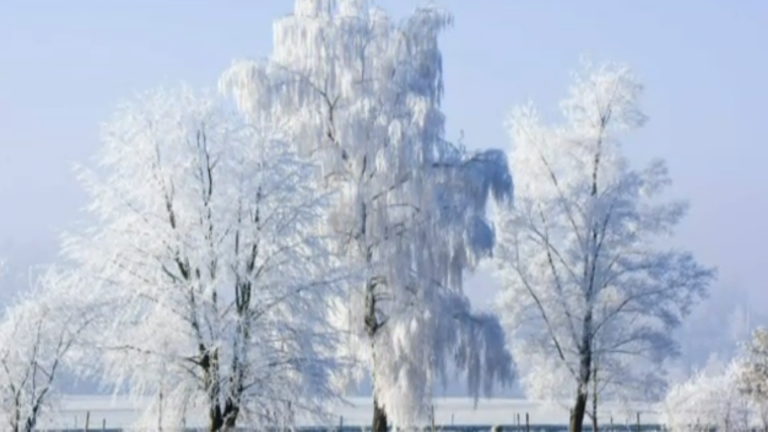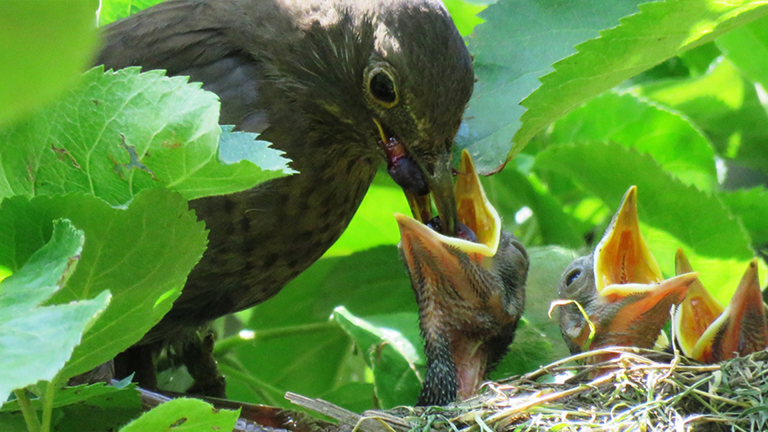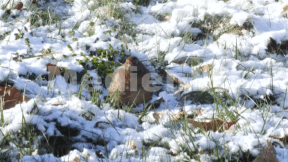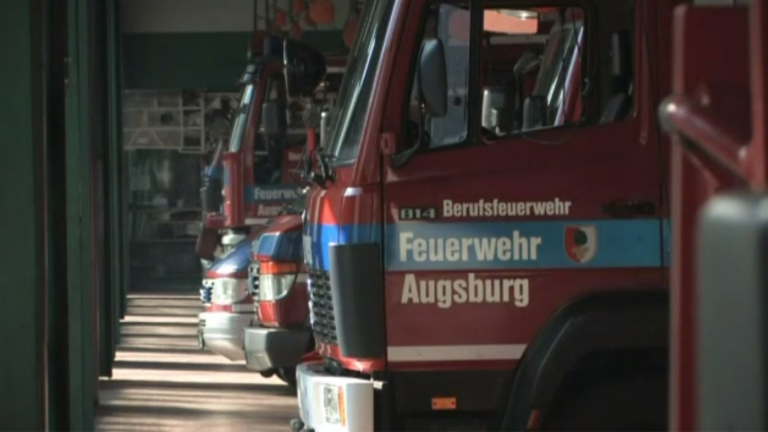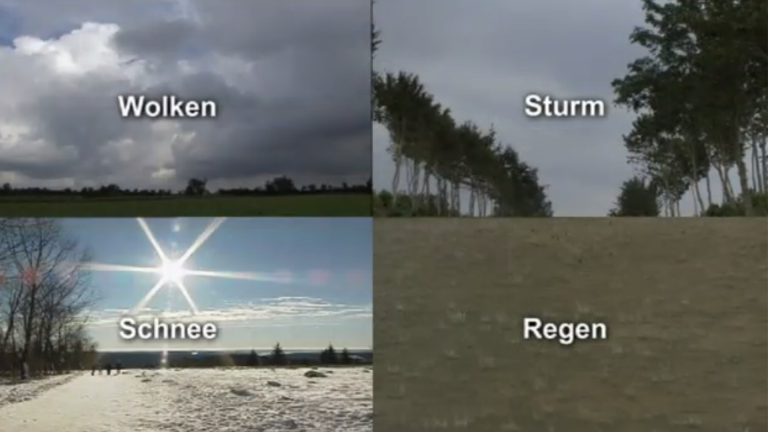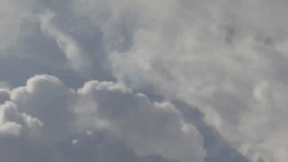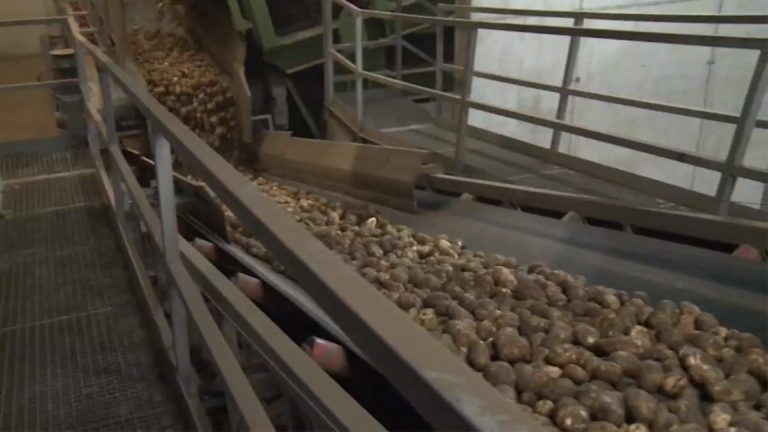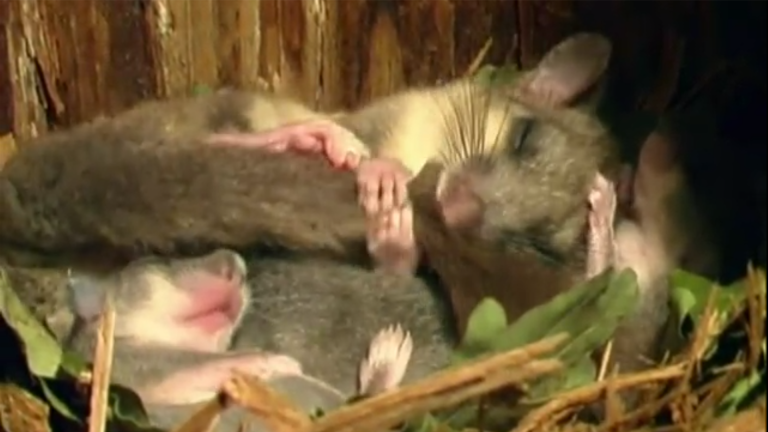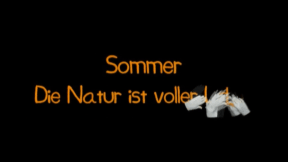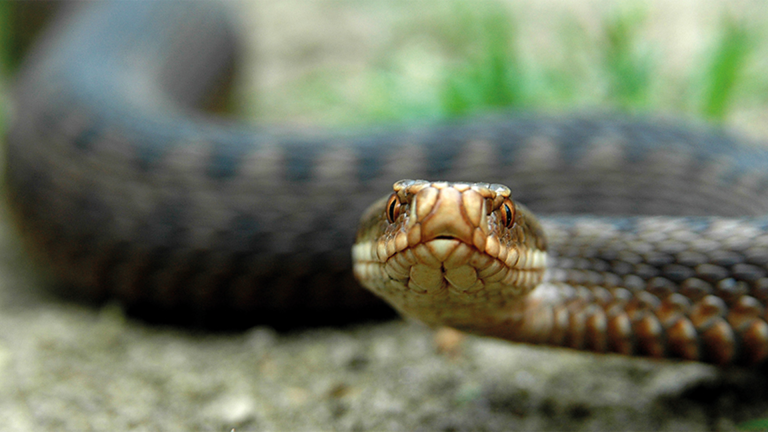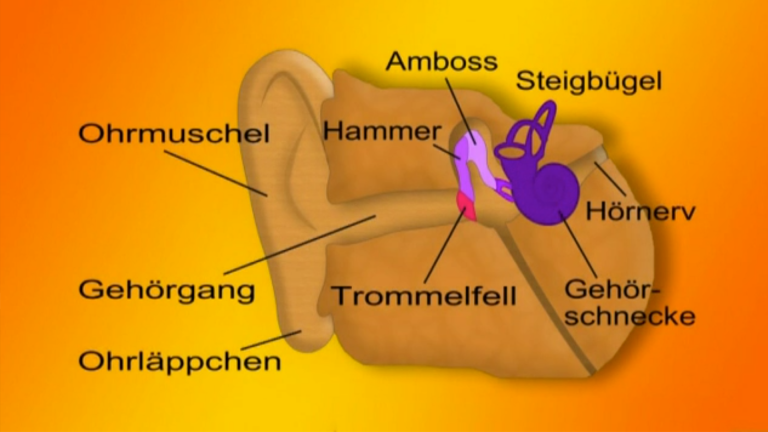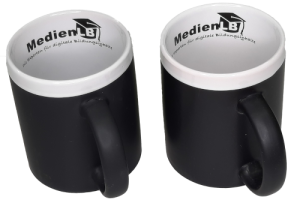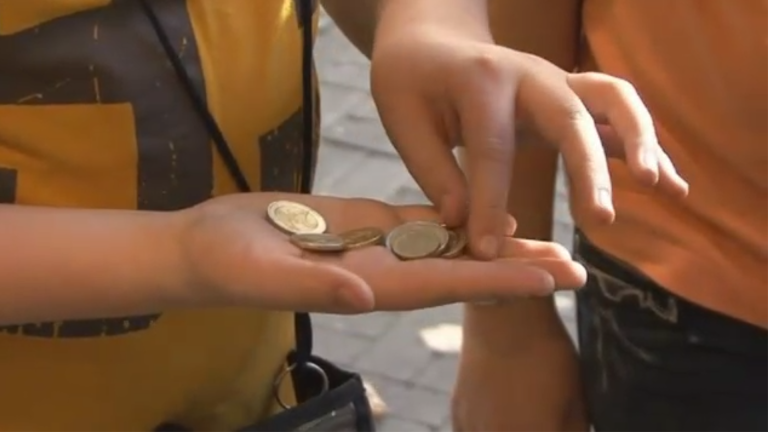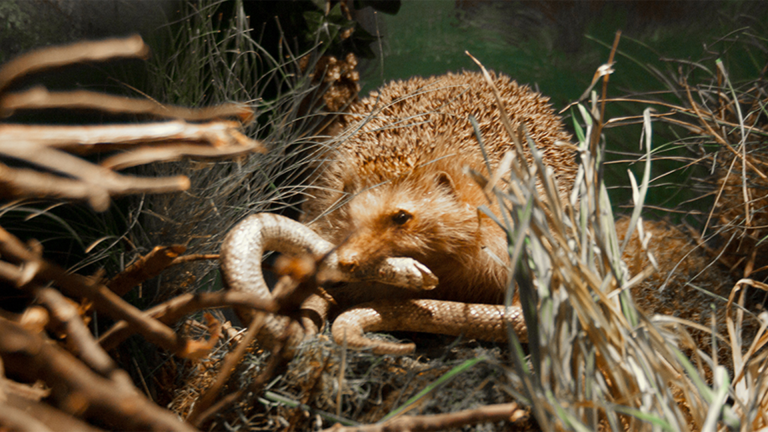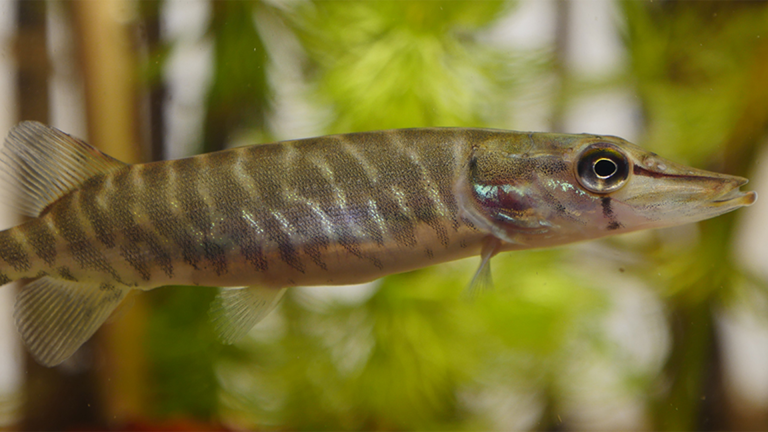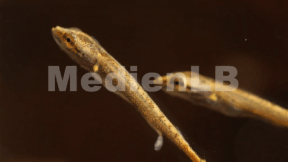Suche:
- # Artistry
- # Biology
- # Chemistry
- # Ecological
- # Economy
- # English
- # Foreign Language
- # Geography
- # German
- # Health
- # History
- # Informatik
- # Latin
- # Mathematics
- # Media Education
- # Music
- # Physics
- # Politics / Civics
- # Preschool
- # Primary School
- # Religion
- # Society
- # Sports
- # Technology
- # Training of Teachers
- # Vocational Education
Winter
Winter is the most extraordinary season. Trees without leaves, little sunlight, the majority of animals have disappeared and humans have to deal with black ice and coughs and sneezes. Nevertheless, winter also has a lot to offer that is available in that season alone: snow, winter sports, calm and peace. In short chapters, children learn how snow and ice form, why it is dark until late in winter and how plants and animals overwinter. Dangers related to the season are mentioned and it is explained how children can protect themselves. In addition, we show what interesting possibilities winter offers, which are only real fun during that time. Besides didactic-methodical considerations, the accompanying material includes a plethora of ideas to discuss this subject from all points of view and comprehensively, and to discover it from a new angle.
Learn moreBlackbirds
The blackbird is one of our most common and best-known songbirds. The nice thing about the blackbird is that it cannot be confused with many other bird species.
Learn moreOn Fire!
This DVD provides information on the history of fires and the fire brigade. The firefighters’ job is vividly illustrated, including their tasks and equipment. The topic of placing emergency calls plays a major part on this DVD. For safety training pur- poses, fire brigade operations are shown, causes of fires dis- cussed and extinguishing fires is practiced. In particular, the appropriate conduct in the event of a fire (alarm, test alarm, escape route, emergency call, fire detector, fire extinguisher, etc.) and first-aid measures for burns are demonstrated. The fact that besides the familiar fire engine, there are also fire brigades on water, on land and in the air shows how diverse this job is. A visit to the youth fire brigade makes this DVD especially suited for primary school pupils.
Learn moreOur Weather
In everyday life we are confronted with this topic on a daily basis. It is part of our lives. The weather determines our daily routine more than we tend to think. Children, in particular, have a lot of questions on the subject. How does the weather form? What different forms of clouds are there? How is a weather forecast made? Why does it rain? These are only a few of them. The film looks into these questions and answers them in terms and pictures suitable for young pupils. Looking to the future, the problems of climate change and greenhouse effect are also dealt with. In addition, the film conveys to the children how important it is to treat our earth with sensitivity. As a special bonus, this DVD offers fast-motion picture material from weather stations as well as satellite pictures made available by the German meteorological service, which can be accessed via the DVD menu. Together with the didactically arranged accompanying material, this DVD is perfectly suited for the classroom both as an introduction to the complex topic of the weather and as a tool in the hands of the pupils when working individually or preparing projects.
Learn moreThe Potato
The potato is one of the most important food staples of the world. Together with rice, maize, wheat, barley, soy and sugar cane it is one of the seven most important foods on earth. Originally it came from the Andes in South America. The Spaniards brought it to Europe and then to all other continents. It is cultivated in 130 countries on earth. Cultivation has already resulted in many different varieties. Some are waxy, others turn floury when cooked and are especially suited for soups or mash. In Germany, more than a hundred varieties with different qualities and flavours are on the market. Very specific varieties for any purpose are being cultivated. It takes about ten years to develop a new variety and to have it licensed for cultivation. The potato is the most frequent cultivated crop plant and also our staple food. Together with the extensive additional material the DVD is ideally suited for use in the classroom.
Learn moreWerte und Normen in Deutschland
Dieser sprachlose Animationsfilm zeigt in leicht verständlichen Bildern in Alltagssituationen die Werte und Normen in Deutschland. Für Erwachsene und Kinder, welche neu in unsere für sie fremde Gesellschaft kommen und (noch) nicht unsere Sprache sprechen oder verstehen. Werte und Normen werden anschaulich auch ohne Sprachkenntnisse schnell vermittelt. Durch die Unterteilung des Filmes in sinnvolle Sequenzen (Gleichberechtigung, Meinungsfreiheit, Religionsfreiheit, Schulbildung, gewaltfreie Erziehung) können die einzelnen Themengebiete aufbereitet, diskutiert und vertieft werden. Als weitere Ergänzung kann der auf DVD und Online verfügbare Film „Werte und Normen in Deutschland – Mit und von Flüchtlingen“ in vier Sprachen“ (auch in Hocharabisch und Englisch) eingesetzt werden.
Learn moreSummer
Finally, summer has come! This DVD explains in a way suitable for children why summer comes, how life develops in nature and why we humans love this season so much. In short chapters, children learn why daylight hours are longer and how a thunderstorm builds up. The behaviour of animals and their young as well as changes in the flora are explained in a way appropriate for children. Rules for the right behaviour in the sun, in the water and during a thunderstorm are explained just like the dangers of a tick bite or wasp sting and the right reaction in such a situation. Besides didactic-methodical suggestions, the accompanying material also includes various games, songs, experiments, tips and suggestions providing an incentive to work on a topic, which is virtually a compulsory annual subject, from different points of view and holistically and to discover it from a new angle.
Learn moreCommon European Adder
The common (European) adder is extremely wide-spread across the globe.
Learn moreThe Senses
This DVD shows how we humans use our five senses to get in touch with our environment. The primary school pupils learn in an easily understandable way about the specifics, the use and the sensitiveness of each sensory organ and receive methodically organised information on their structure, function and protection. In addition, the human sensory organs are compared to those of different animals to illustrate similarities and differences. The DVD puts emphasis on the following topics: “Senso- ry Perceptions”, “The Eyes”, “The Ears”, “The Nose”, “The Tongue” and “The Skin”. The DVD is made up of five didactic units that can be inde- pendently accessed via the DVD’s menu structure. Further, the menu includes additional pictures and diagrams. With a variety of worksheets, test questions and colour slides, the curricular contents of the DVD can be captured for a more de- tailed discussion of the topic of the senses in the classroom.
Learn moreOur Money
„Money makes the world go round.“ Today this proverb is more topical than ever and perfectly describes our dependence on the currency of money. This DVD is intended to contribute to an understanding of the phenomenon of money. In doing so, it first provides an overview of different world currencies with the main emphasis on our currency, the euro. The film shows that the European currency is not specific to a country but transnational. Common features as well as differences in the coins and notes are presented and illustrated. We accompany Jenny and Jakob during their day and learn how to compare, assess, count and calculate with sums of money. The DVD looks critically into the topic of borrowing. In addition, it demonstrates the advantages of saving up, explains the concept of interest and shows how to open an account. This DVD provides a good overview of handling money and calculating with it, describes its form and characteristics and is perfectly suited for lessons in both general knowledge and mathematics at primary school.
Learn moreThe Hedgehog
It carries on its back up to 8000 spines although it is no more than 30 centimetres long. In spite of that it can assert itself very well against its enemies. Because this insectivore can roll up into a ball. Although the hedgehog is a wild animal, it likes to live near humans today. With simple explanations and beautiful film shots the pupils learn about the species-specific behaviour, the characteristics of our endemic common hedgehog but also about the threats it is exposed to. At night, the hedgehog is accompanied on its forays for food, by day, it can be seen sleeping deeply in its hideout, and when the mating season is over, six orphaned hoglets are accompanied on their way to maturity. The thematic fields focussed upon are habitat and distribution, characteristics, behaviour throughout the year, food, reproduction as well as protection and endangerment. The film arouses curiosity about and fascination for the hedgehog and furthers the pupils’ environmental awareness. Together with the extensive accompanying teaching material the DVD is perfectly suited for use in the classroom.
Learn moreHecht
Der Hecht ist Fisch des Jahres 2016. Er ist einer unserer größten heimischen Raubfische. Sein Maul ist mit messerscharfen Zähnen gespickt.
Learn more



